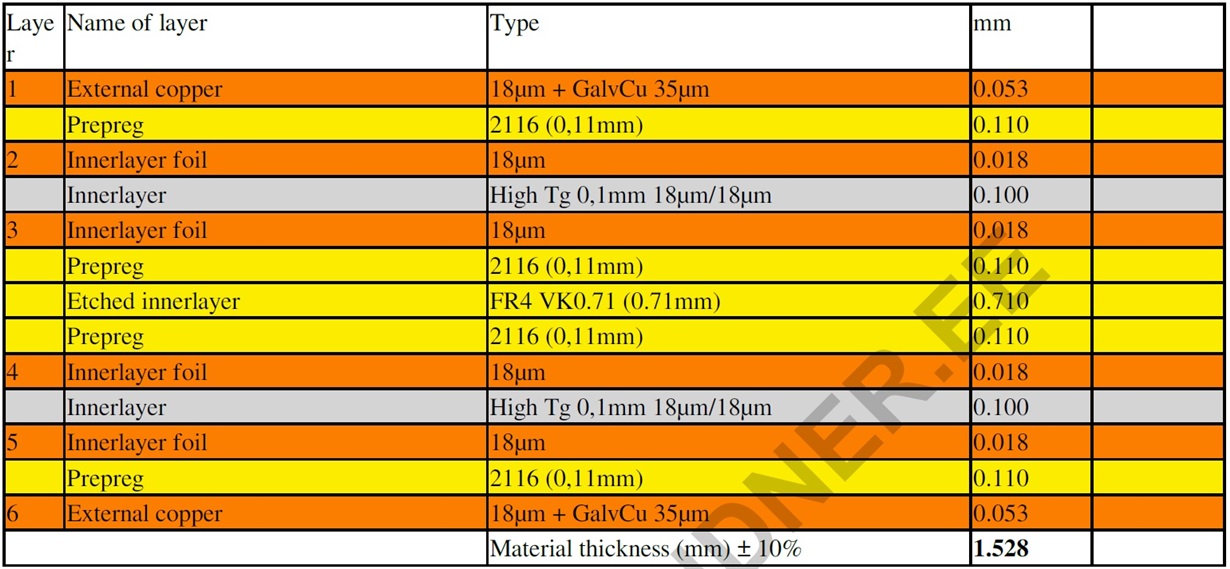The AM335x datasheet describes a 4 layer stackup of the minimum PCB stackup.
A 6 layer stackup is shown as follows.
LAYER TYPE DESCRIPTION
1 Signal Top signal routing
2 Plane Ground
3 Plane Split Power Plane
4 Signal Internal routing
5 Plane Ground
6 Signal Bottom signal routing
I understand that all of these signals should be routed first on layer 1 (Top). If it is not possible to route all of these signals on layer 1 (Top), which of layer 4 (Internal) or layer 6 (Bottom) should the remains be routed on?
Best regards,
Daisuke


